Steps on the Music Learning Journey!
Just use the and icons to navigate!
What's in this Book?
Browse our book of four fun, introductory Early Music Awareness group classes. These groups, called EMA, start with the fundamentals of music, notes and instruments for the youngest explorers in steps 1-4. Older students may survey instruments or practice with others in small groups--all while having fun!
What's the best way to get started in music learning? Make sure it's FUN! This tiny book outlines four first steps for the youngest students that lead them gently toward a lifetime of musical enjoyment. They begin the happy journey of music learning like this:
- Step #1: Family Class,
- Step #2: Early Music Awareness I,
- Step #3: Early Music Awareness II, and
- Step #4: Instrument Prep (EMA III).
Then see Instrument Survey II for older students 9 & up and Private Lessons. Or, if students are already playing an instrument, they can audition to join a Keyboard Learning group or a seasonal Strings Performance Group!
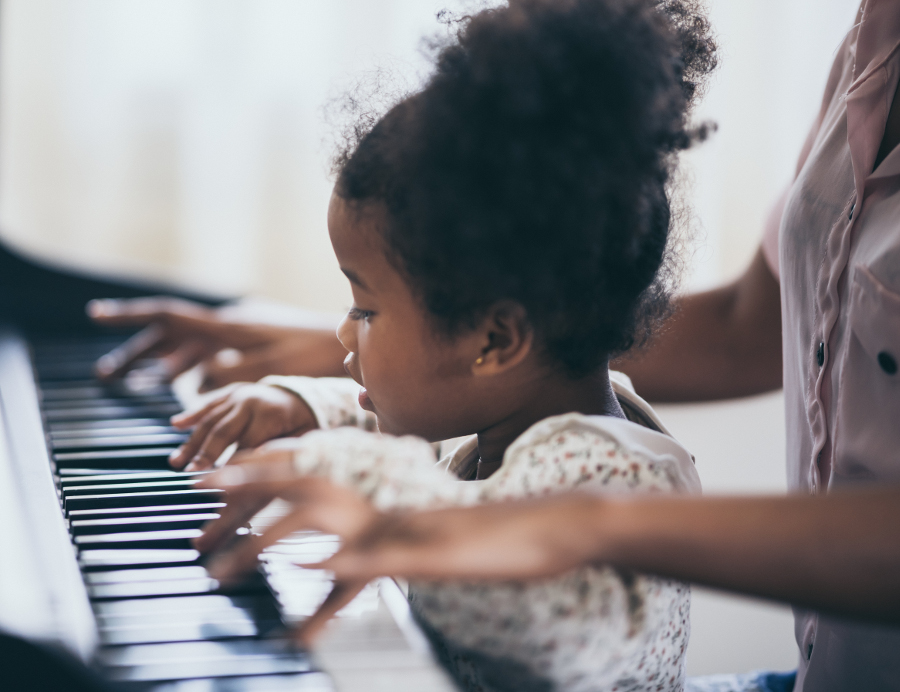
My First Steps in Music
Use the arrows < > above to turn the pages and see our music learning path with older options!
EMA Family Class
If your child is between 6 and 42 months (and does better with you involved), you'll want to join one of our toddler-parent participation classes grouped by age. These classes are a wonderful opportunity for a special time of bonding with your child in a warm, encouraging environment.
In addition to singing, movement and rhythm games, classes include symphonic and ethnic instrument exploration in which parents and children have the opportunity to handle and play real instruments and even learn about notes (mostly for the parents!) in a fun 30-minute format.
EMA Family classes are limited to six families. FYI: Siblings enrolled in other classes may attend at no charge!
Find Menu for Family Class Schedule!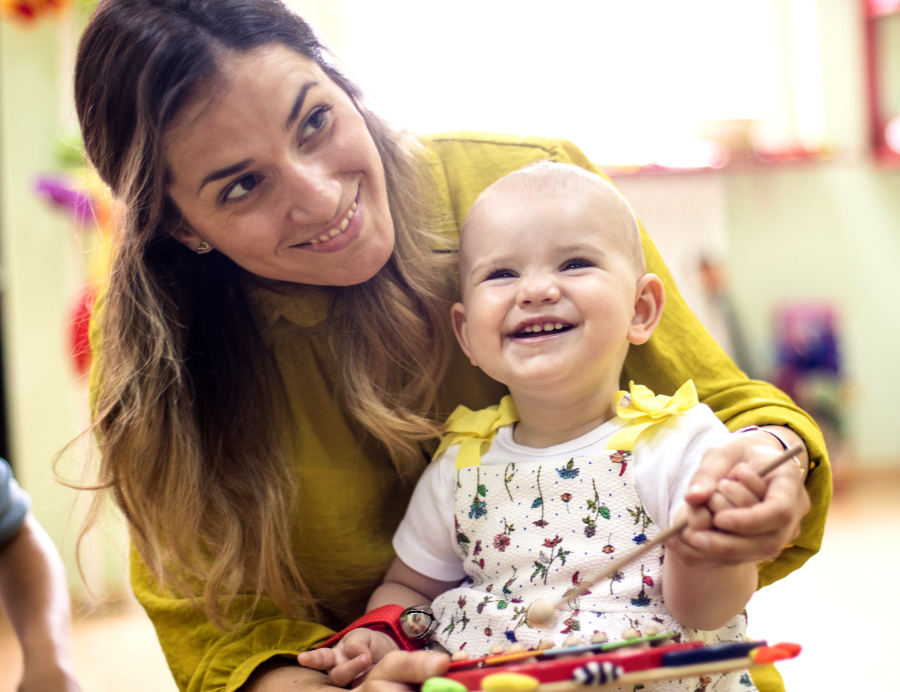
Step #1: Family Class!
Toddlers giggle with delight as they discover music!
Early Music Awareness Level I
Early Music Awareness (EMA) is our trademark class! Your young child (3-5 or 4-6 years) will gain a sense of independence by being a part of a small group of children (no more than 8 to a class) where she will be able to receive personal attention and have her individuality acknowledged and honored.
In addition children are prepared for future instrumental instruction by learning to read music and try potential instruments in an active, fun and exciting environment.
Even as young as three years old, your child will be proud of her ability to identify notes and their values. And she will be excited to share with you the "homework" handouts she'll receive with every lesson.
Learn more about Early Music Awareness and See a video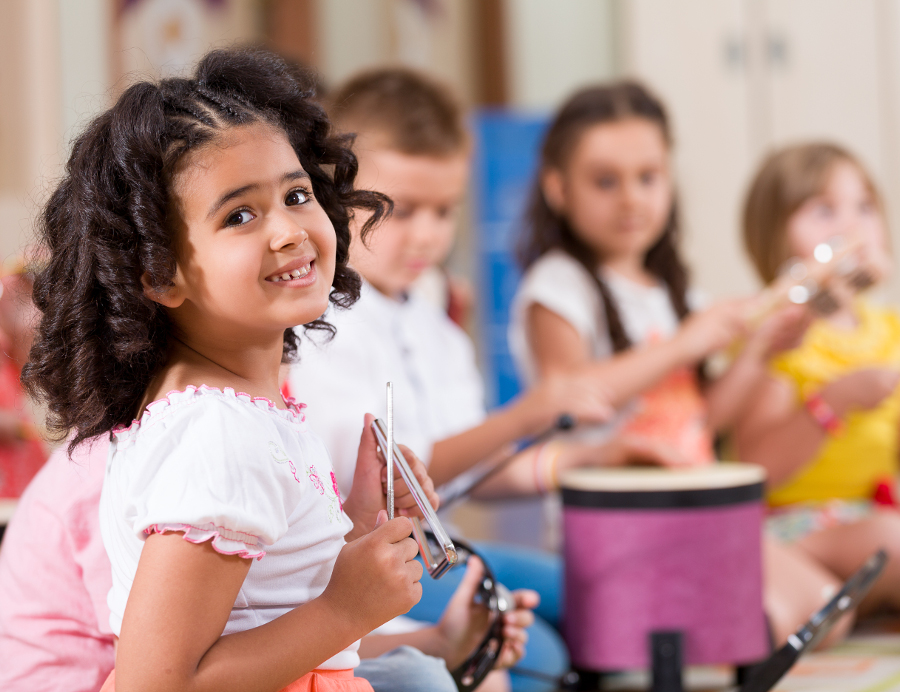
step #2: early music awareness I
Pre-school aged children LOVE exploring instruments!
Early Music Awareness Level II
Available for ages 5.5-7 as an ongoing class, the next step for growing students may be EMA II. In this class, the theory and instrument exploration sections of EMA are combined in each class to allow students ages 5.5-7 to focus on specific instruments.
In 3-8 week segments, they will learn to play actual songs on keyboard, flutophone, deskbells, ukulele and/or glockenspiel as they continue to learn to read music.
In addition, students explore instruments like violin, guitar, trumpet and drums that they might choose to play someday. Carried over from EMA I, plenty of rhythm games, movement and singing activities keep the class moving in this older-child version of Early Music Awareness Level I.
Find Menu to view EMA II Class availability
Step #3: early music awareness II
We are excited because we are learning to play real songs on lots of different instruments!
Instrument Prep (EMA III)
Let's face it! Students who are involved in choosing their first instrument are more invested to learn it. This 15-week class for ages 6-8 is the perfect solution. It offers students enough experience with potential instruments to help them identify the best ones, to learn to read music and then learn keyboard basics.
This class is divided into two sections: Instrument Survey and Keyboard Basics. NOTE: These sections may be taken separately.
- SECTION #1: Instrument Survey: Explore the 8-10 instruments that are size appropriate including (but not limited to): violin, cello, drums, glockenspiel (like a keyboard played with mallets), flute, recorder, guitar, and ukulele.
- SECTION #2: Keyboard Basics:
Overview keyboard fundamentals: (technique, geography, & music reading) and play simple songs to help prepare for private lessons. Learn More about Instrument Prep!
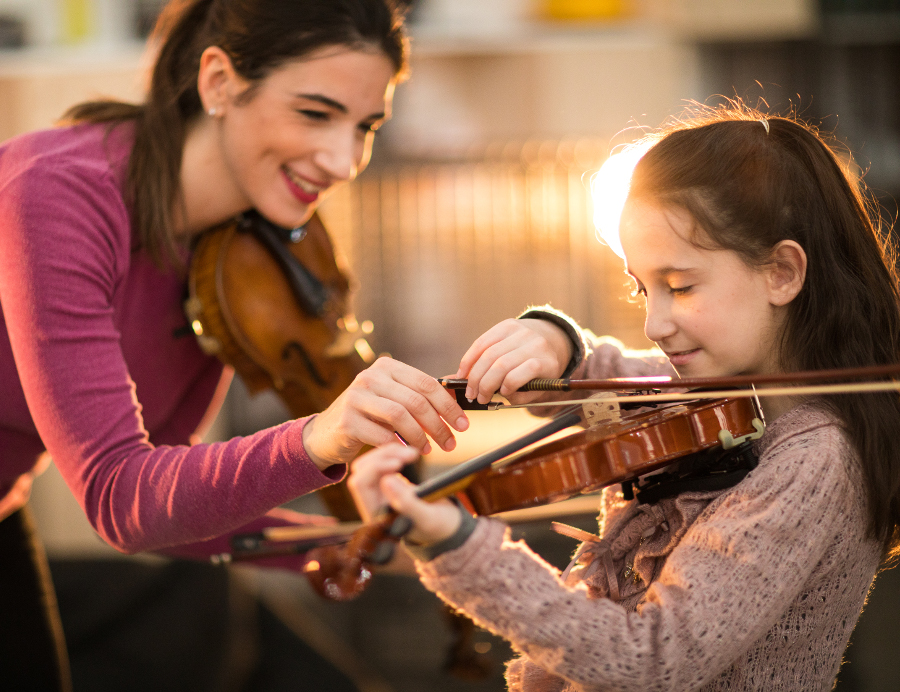
Step #4: Instrument Prep (EMA III)
Teachers help guide me to choose the best instrument!
Are you ready for Private Lessons?
Many students already know what they want to play and are developmentally ready, (an assessment helps to make sure) so they might skip some of these steps, but students ages 6-8 who have completed Step #4 are almost always ready for happy, private lessons.
Teachers or Staff Educators follow up to help you by:
- Guiding your choice of an instrument, and
- Recommending teacher options that fit your child and your preferred schedule!
If he is still not sure, it's easy to set up a couple private lessons on each of the "final contender" instruments~ just to be sure!
Request an Assessment
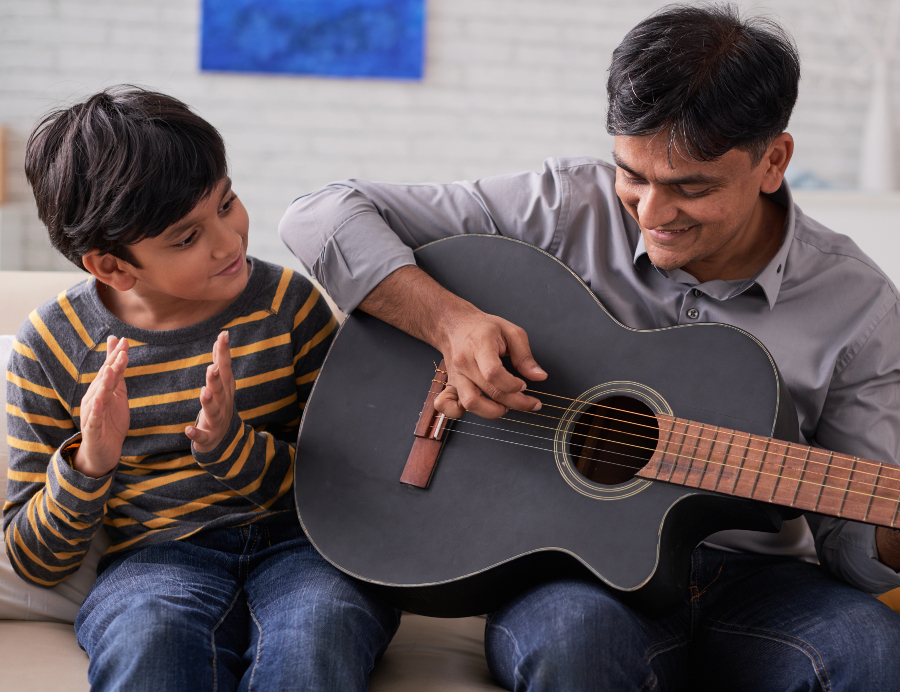
Next? Level II Instrumental Groups!
Older Students? Turn the page for classes to help choose a 1st or a 2nd instrument, OR, if you already play, find some groups to get inspired by playing with others!
Private Lessons!
Private lessons can begin at virtually any age, but it won't always be fun if they start too soon. If it isn't FUN, parents risk seeing their children get discouraged before they can find out how much they could really enjoy learning.
Our solution is to make sure children are developmentally ready to learn in a way that will be FUN (and therefore motivating) for them. Our experts have found that when children are developmentally equivalent to a 6-year-old (academically, socially & physically) then they can have a great experience regardless of their biological age. It's about what they can DO, not how OLD they are. If parents of children under 7 are unsure of their readiness for private lessons, make an appointment for a free assessment.
Otherwise, request private options in order to take a trial lessons or two, make a choice, and take a big step toward "Phase 2" of the music learning journey!
Request Private Lesson Options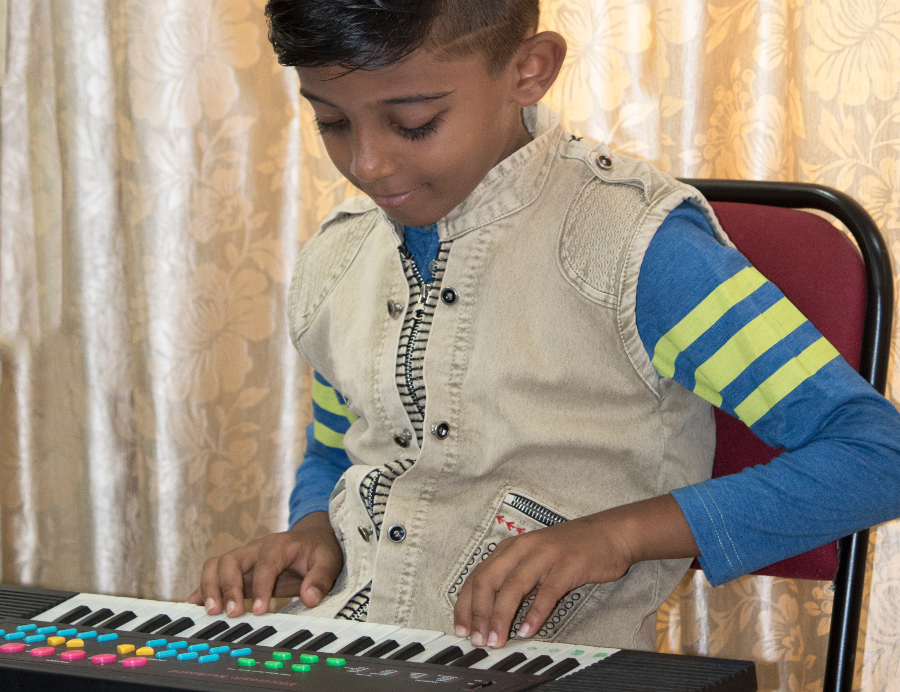
Private lessons!
I have passed the assessment, chosen my instrument, found the right teacher and now I am learning to play!
Instrument Survey II
Instruments that are too large or difficult for younger children become available in about the 4th grade. In addition to the instruments listed in Step #4 (Instrument Prep), older students may consider: trumpet, trombone, French horn, tuba, clarinet, saxophone, bassoon, viola and other larger or more difficult instruments.
Most level II surveys are arranged in a 1-1 private lesson and customized to the interests of the student. The session may be from 2-8 weeks depending on the number of instruments and may accommodate any age or experience Level.
NOTE: Our Instrumental Path teachers are trained to help students handle and explore these instruments; however, at any given time, we may not have specialists available on every specific instrument. We are happy to refer you if we don't!
Request a Private Instrument Survey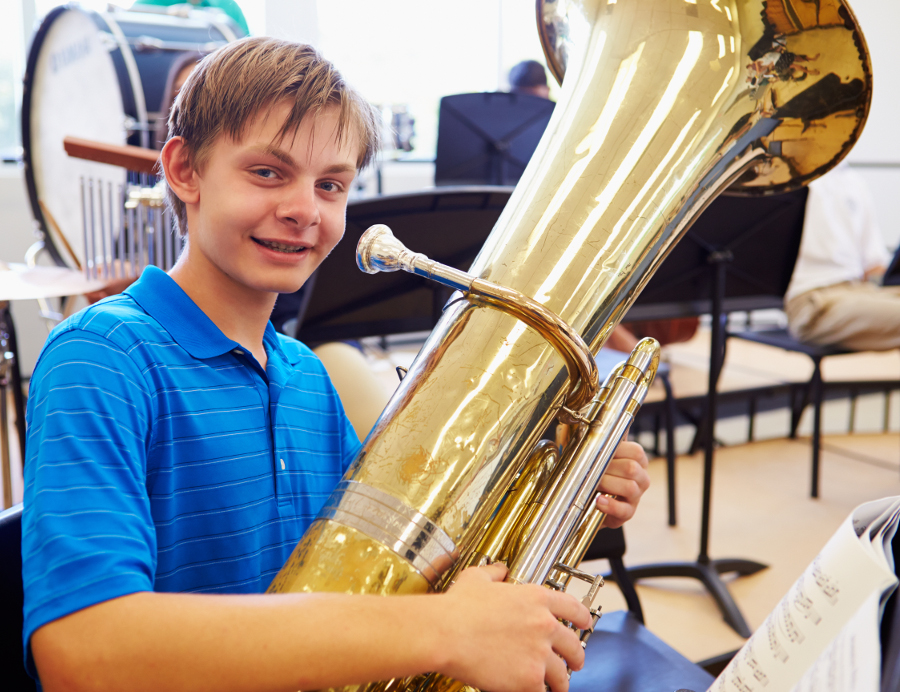
Instrument Survey II
Survey instruments at any age, or choose a 2nd one!
Keyboard Learning Group
Keyboard students learn theory as a group, and while remaining students practice with headphones, the instructor works with each child individually for about 10 minutes out of the 45-minute class.
While the basics of keyboard or any instrument are more fun to learn in a group, once students begin to play songs by reading music, it is our opinion that piano, keyboard or any instrument learning is accomplished most successfully in private 1-1 lessons. A keyboard group however, is more affordable and does provide some social interaction and inspiration for students who thrive in this environment.
Read about Instrumental Ensembles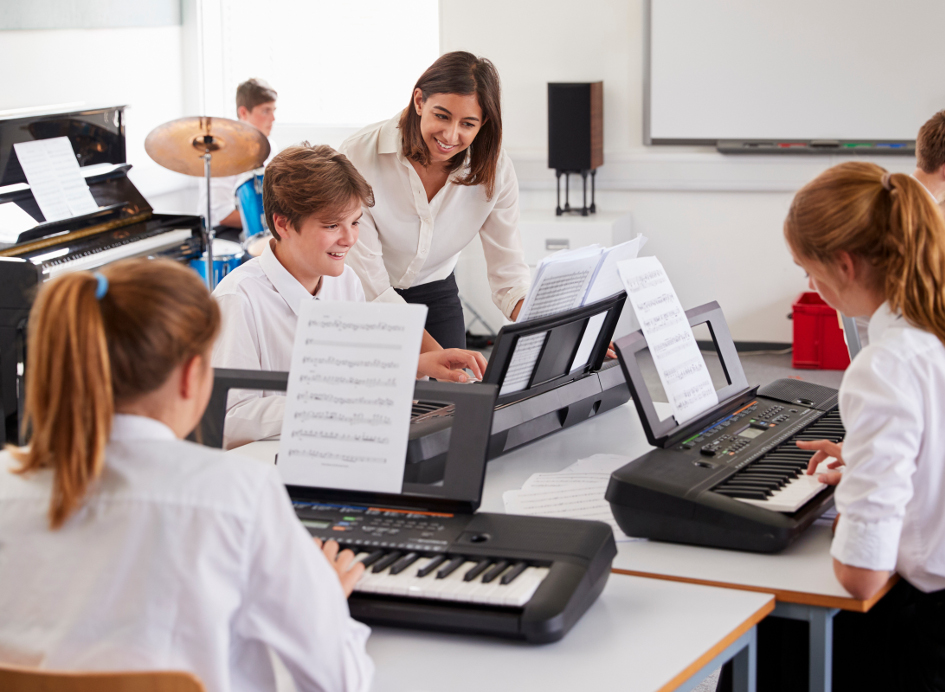
Keyboard Learning Group
Have fun while learning with others!
String Performance Group
The sounds of several strings together is so much more inspiring than playing alone! Approved string students may gather quarterly in preparation for performance opportunities and are inspired by the blending of violin, viola and cello students playing together.
Students who have enough experience to play simple songs work on music reading and technique while also developing the skills of musical collaboration. This is great preparation for future orchestral opportunities.
Go back to start over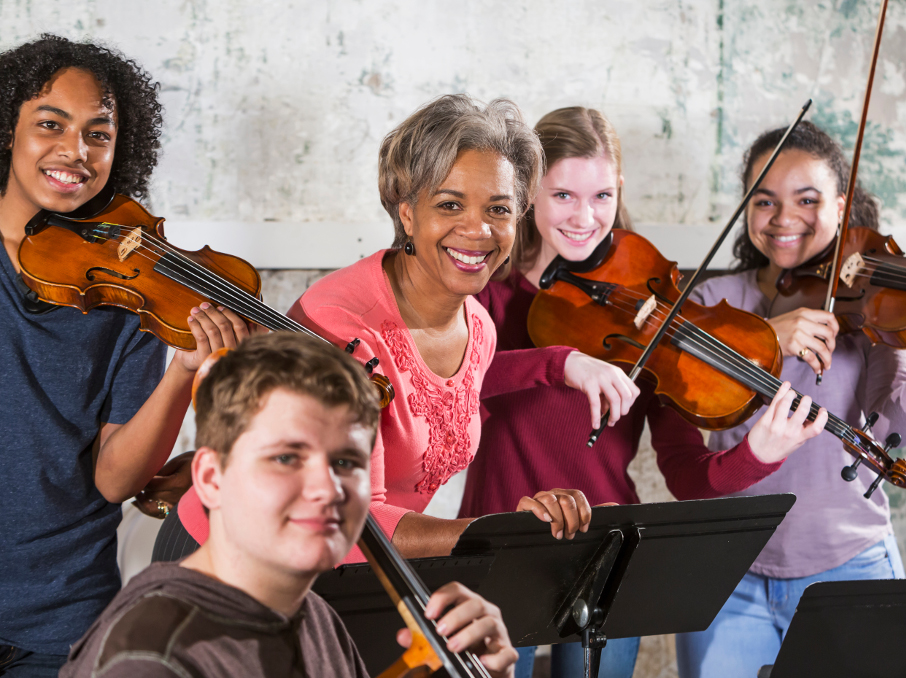
STRING PERFORMANCE ENSEMBLE
It's great experience and more fun to play together!
~Jill T.
~Jill T.
~Rosy H.



